Latest

Cutting out processed foods doesn’t automatically make a diet healthier
Switching to less processed does not guarantee a healthy diet; the types of foods may be more important than their level of processing.

AI lie detectors lead people to make more false accusations, study finds
Participants with lie-detecting AI were more likely to trust it, more readily agreeing when it falsely labeled something a lie.
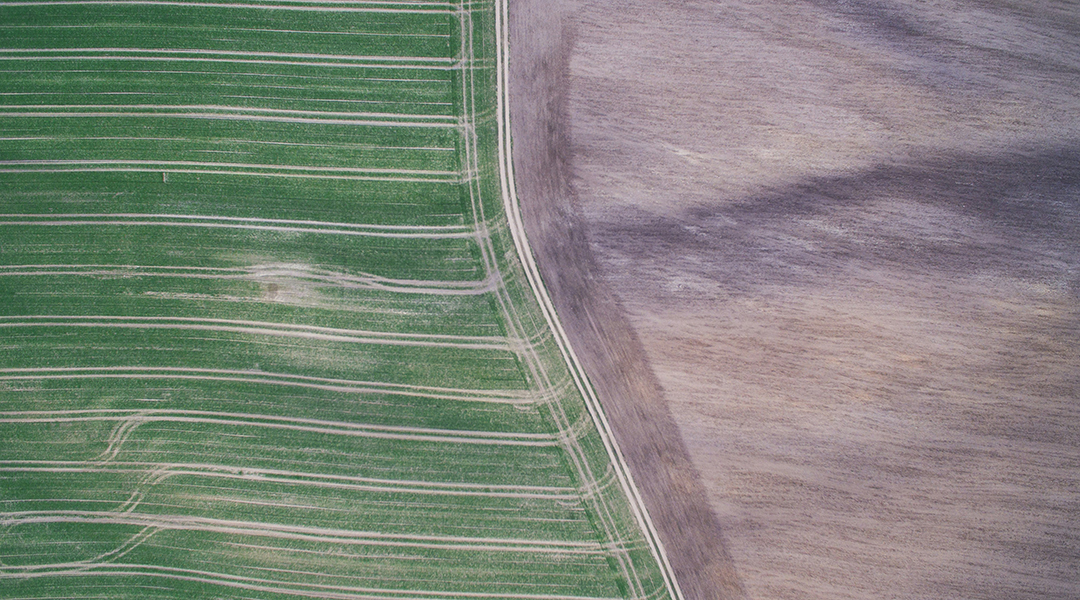
Modern crop seeds are not ready for climate change
Traditional means farmers used to use for seed selection and preservation may help us cultivate more resilient food in a changing climate.

Gold nanoparticles help hydras regrow their heads
Gold nanoparticles and near-infrared light speed up regeneration and reproduction in hydras, providing insights for regenerative medicine.

New computer solves complex problems by physically mirroring the systems it’s trying to solve
An Ising machine built on lattice defects solves problems faster than conventional computers without the drawbacks of quantum systems.
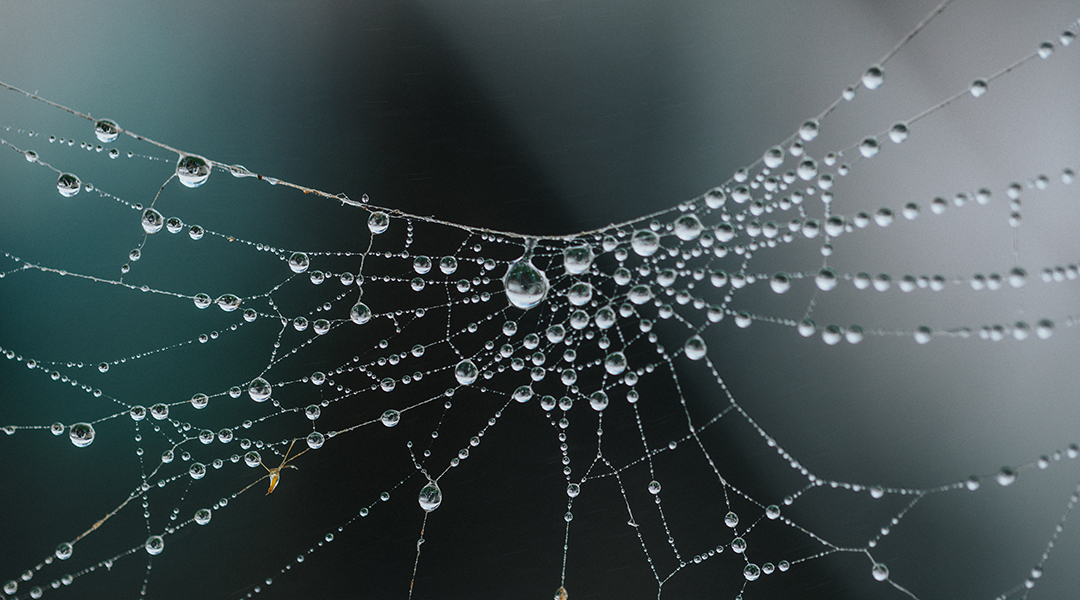
Click chemistry used to weave customizable spider silk
Click chemistry spins bacterial-produced spider silk into a biomedical marvel, promising innovations in fiber optics, wound healing, and tissue regeneration.
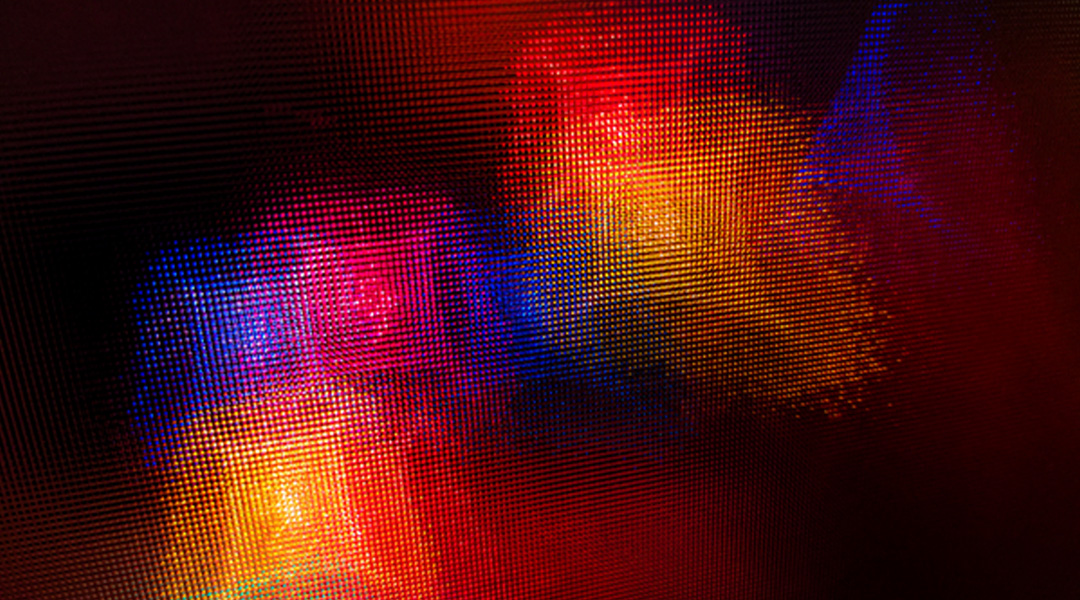
A new mathematical description for entangled systems
The math of multi-particle entangled systems is fiendishly complex, but researchers have made a step forward.
ASN Weekly
Sign up for our weekly newsletter and receive the latest science news directly to your inbox.
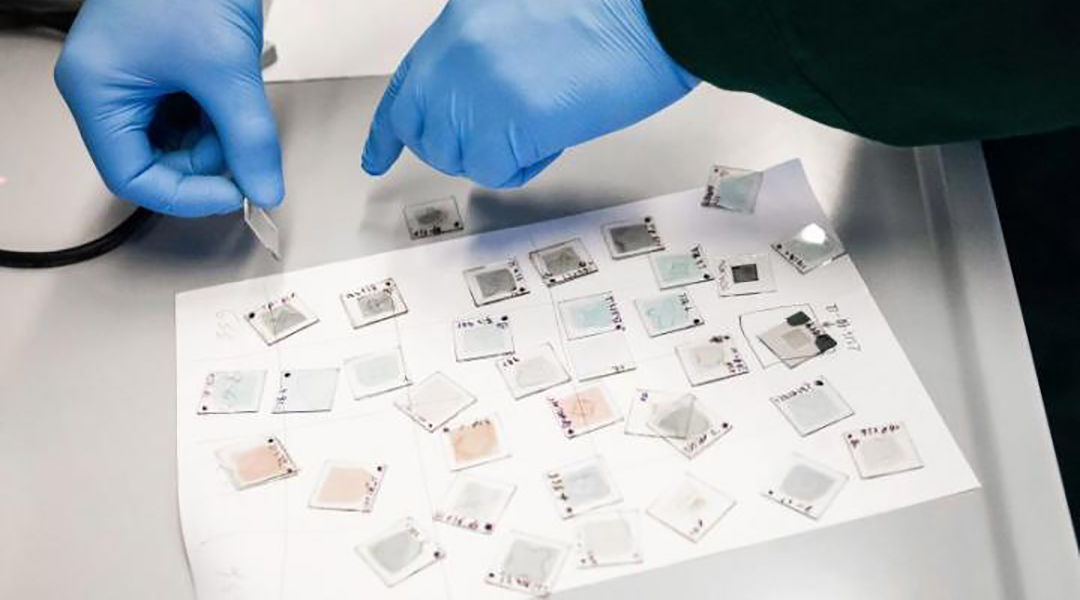
Organic solar cell demonstrates 18% power conversion
A molecule-thick material is opening doors for the advancement of flexible and recyclable organic solar cells.

Precision makes perfect
Researchers enhance the capabilities of Penning ion traps, which will allow them to “sharpen the picture” of new phenomena in physics.
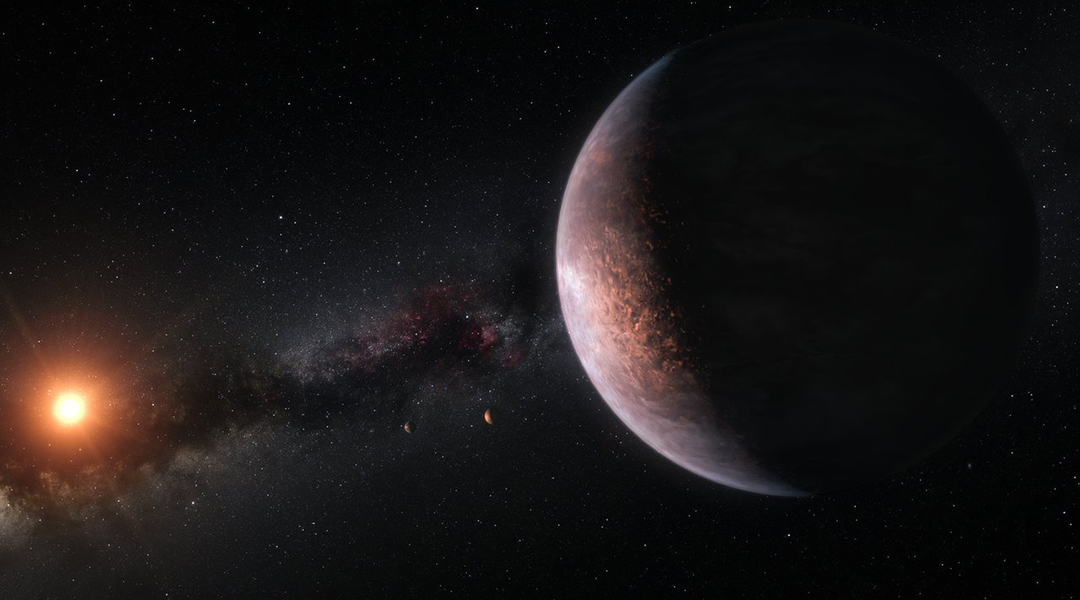
Scientists identify alien planets that could be observing Earth
An intriguing thought experiment catalogs which of our interstellar neighbors might be gazing back at us.

3,000-year-old shark attack victim found by Oxford-led researchers
Analysis is a rare example of archaeologists being able to reconstruct a dramatic episode in the life of a prehistoric community.
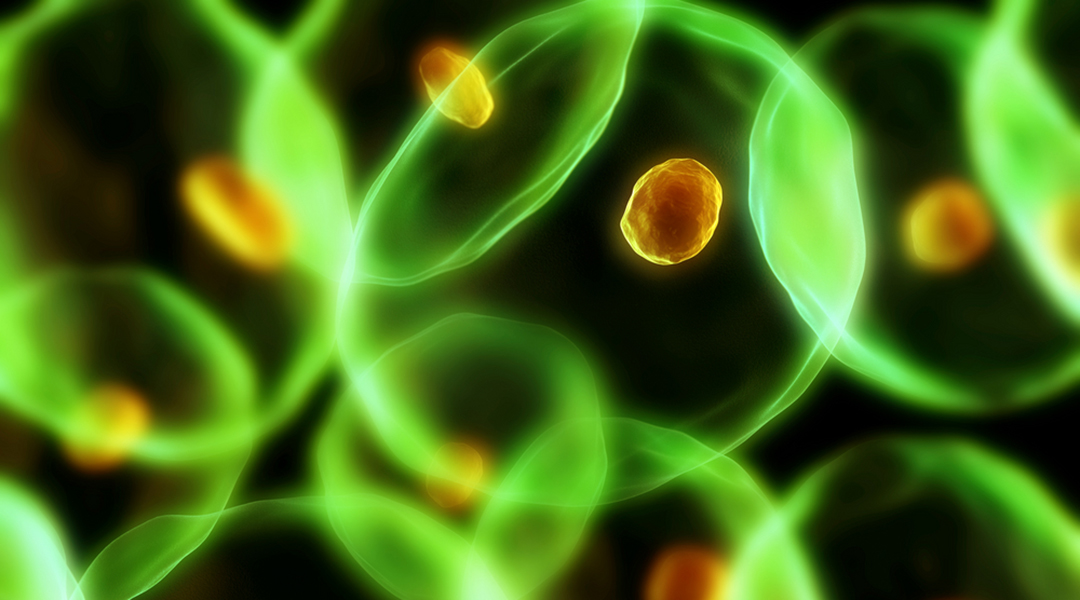
New device refines scientists’ ability to sort and process human cells
The device could improve personalized medicine by detecting whether a specific drug is likely to work for a patient before it is administered.
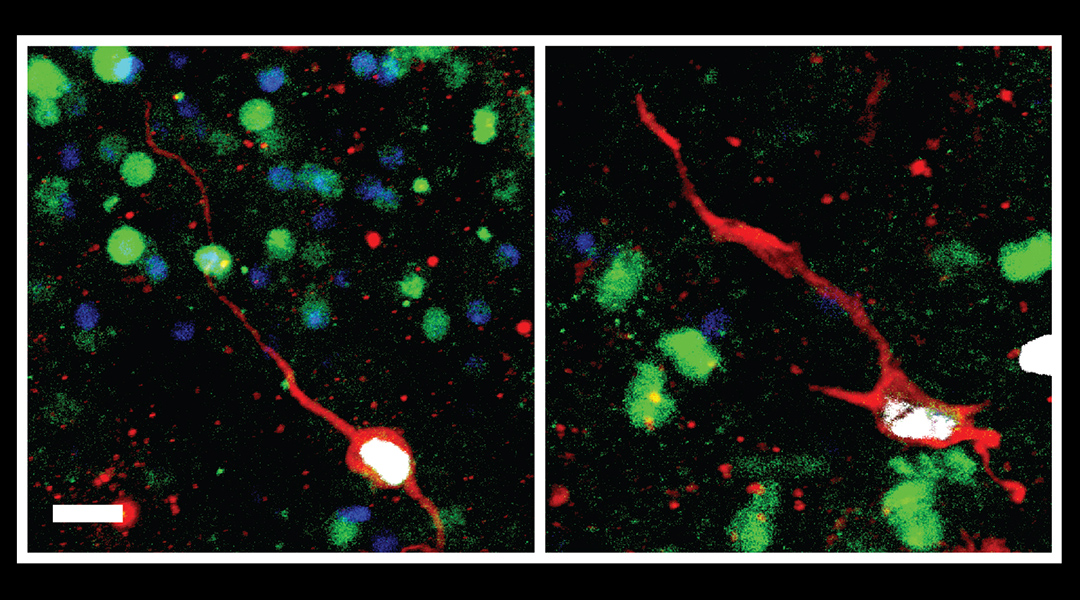
Old brains, new neurons
An RNA sequencing technique provides evidence for adult neurogenesis, the production of new neurons in the brain.
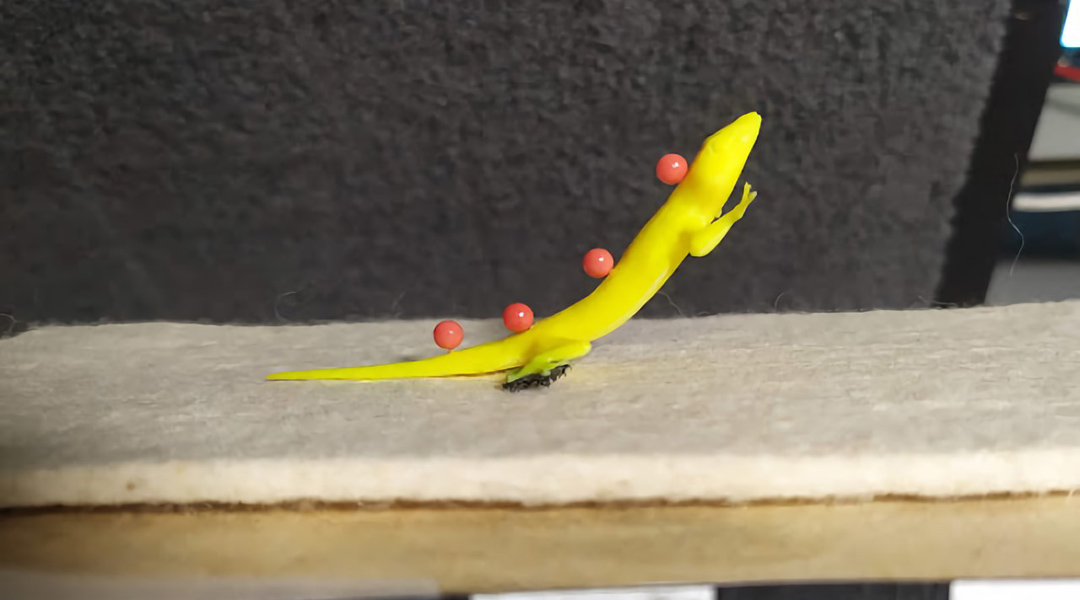
Crash-landing robots take inspiration from geckos
Insights gained from the hard landings of tree-climbing geckos leads to better and controlled perching in robotic aerial vehicles.
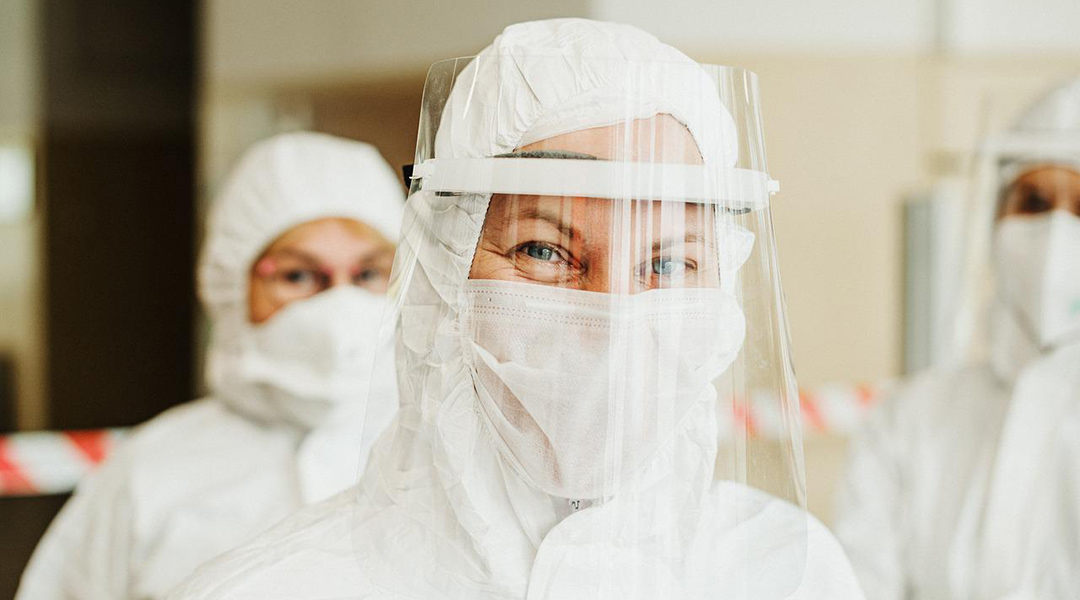
Do masks really hinder emotional recognition?
We need not be so concerned, say experts, as humans use more than just facial cues to read emotion.

Cooling particle beams to study the hottest topics in physics
A new experimental technique could push the capabilities of particle accelerators in exploring the subatomic world.
No Results Found
The page you requested could not be found. Try refining your search, or use the navigation above to locate the post.
No Results Found
The page you requested could not be found. Try refining your search, or use the navigation above to locate the post.
No Results Found
The page you requested could not be found. Try refining your search, or use the navigation above to locate the post.
No Results Found
The page you requested could not be found. Try refining your search, or use the navigation above to locate the post.
No Results Found
The page you requested could not be found. Try refining your search, or use the navigation above to locate the post.
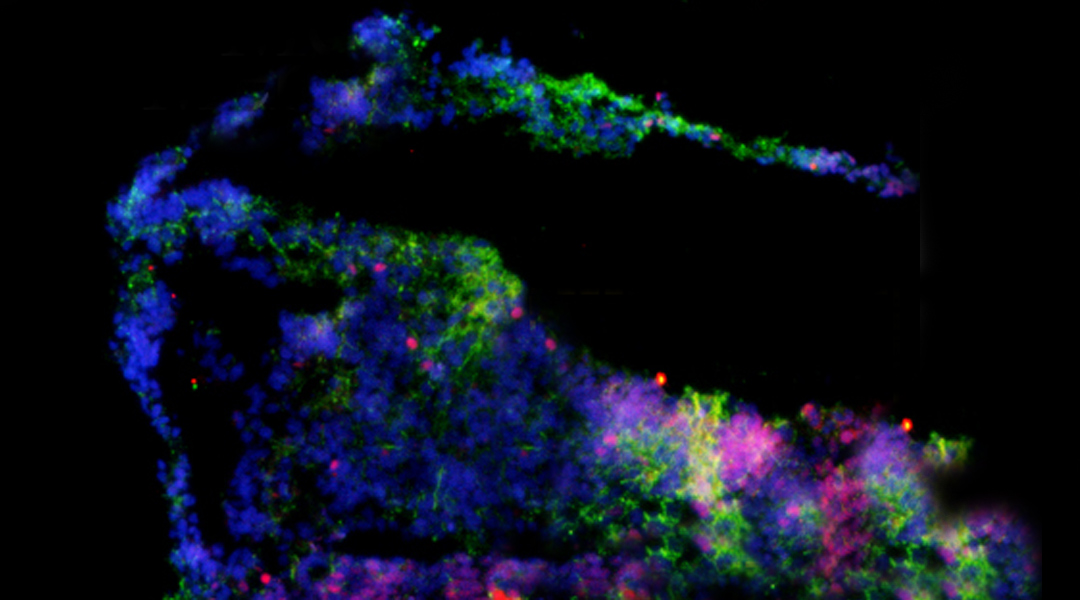
Building a model brain using microfluidics and brain organoids
To mimic the the interconnected structure of the brain, model organoids can be connected together into larger assemblies.
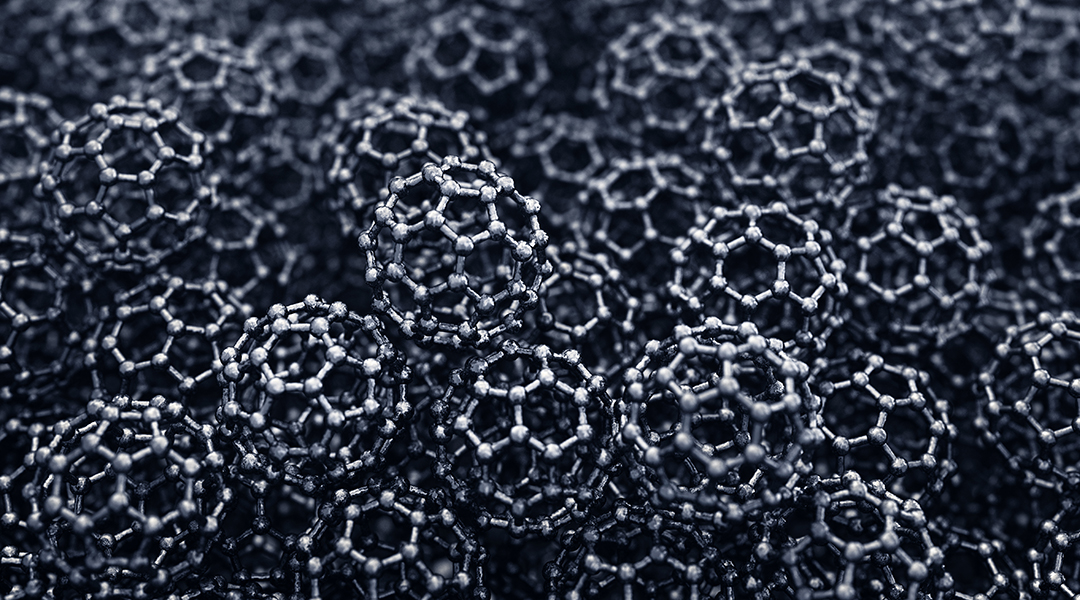
Using nanomaterials as antivirals in the fight against COVID-19
Scientists are investigating how fullerene nanomaterials can be used as antivirals against different variants of SARS-CoV-2 and other viruses.

A miniature robot for diagnosing lung cancer
This tiny soft robot can be steered through the branches of the lungs without causing damage for safer diagnosis.
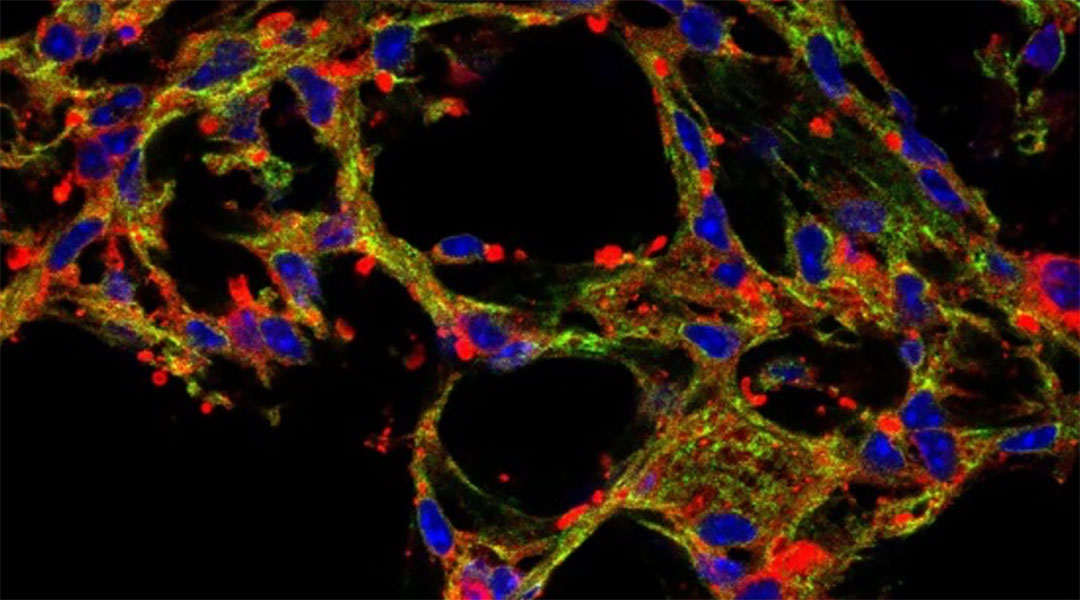
Inhaled “bubbles” help deliver drugs to the lungs
An inhaled drug carrier helps minimize side effects while delivering drugs to the lungs to treat diseases such as pulmonary fibrosis.
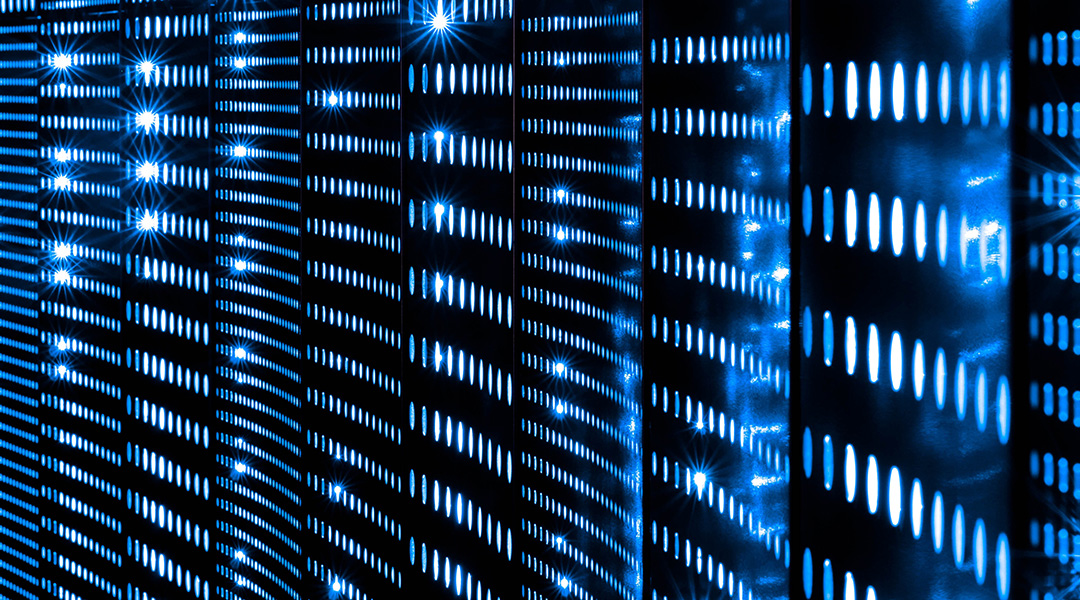
Mimicking the brain with single transistor artificial neurons
The power demands of the Internet of Things could be combated with computing systems that mimic biological neurons.
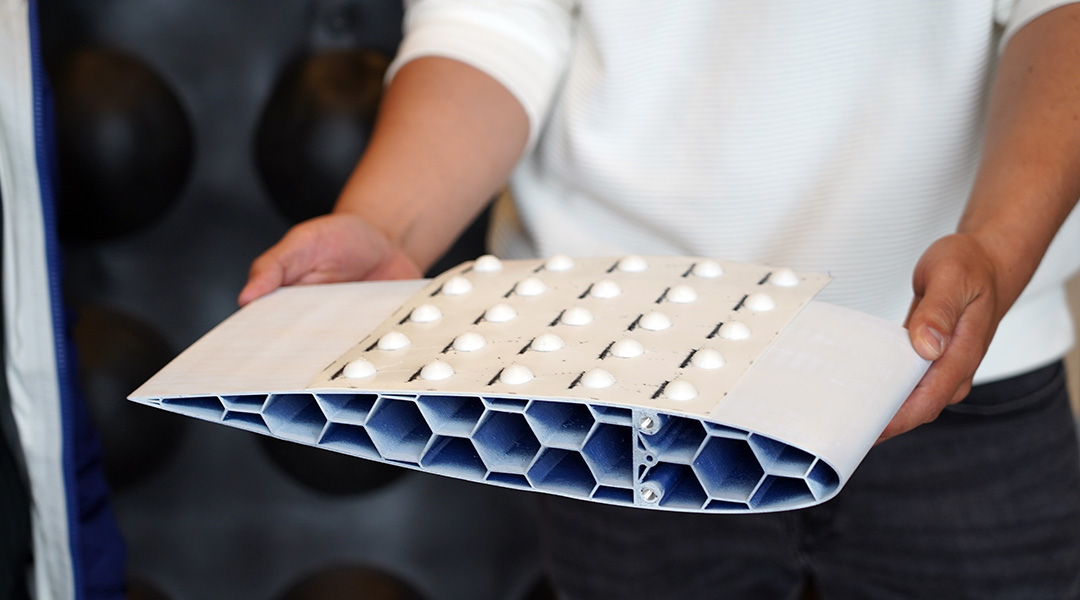
To-go lids inspire adaptive drone wing
Borrowing its shape from a disposable to-go cup lid, this new drone wing adapts to its surroundings all on its own.
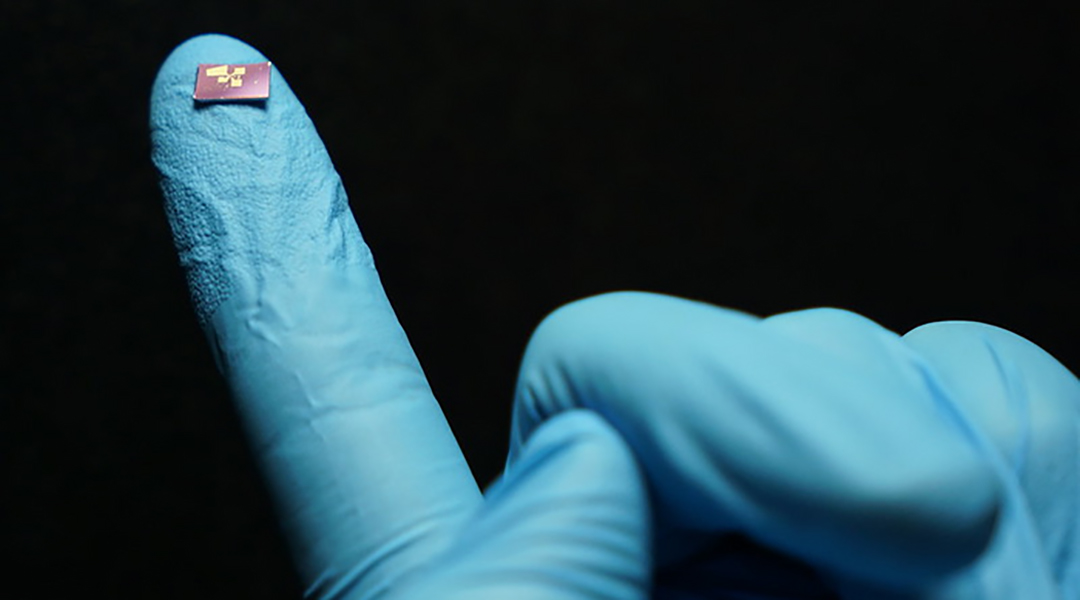
A portable spectrometer built using a “lab on a chip”
A mini, portable tool to measure light could improve everything from smartphone cameras to environmental monitoring.
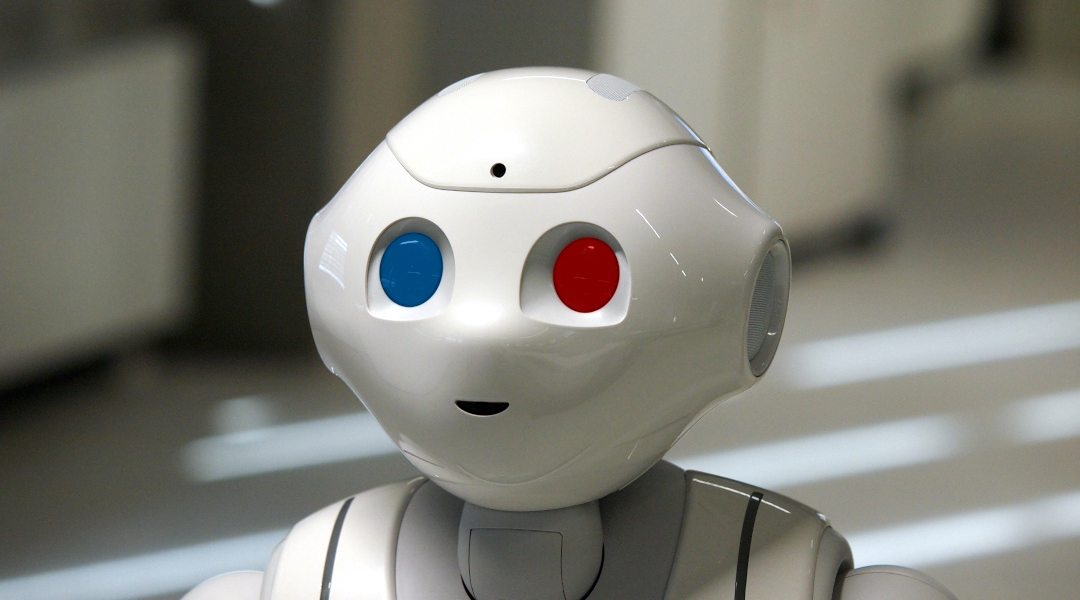
Silicon retinas to help robots navigate the world
Fusing data from multiple moving cameras helps robots generate realistic 3D maps of their surroundings.

Drinking coffee out of coffee: The material potential of spent coffee grounds
Chemists improve the properties of bio-based resins using spent coffee grounds as a key ingredient.
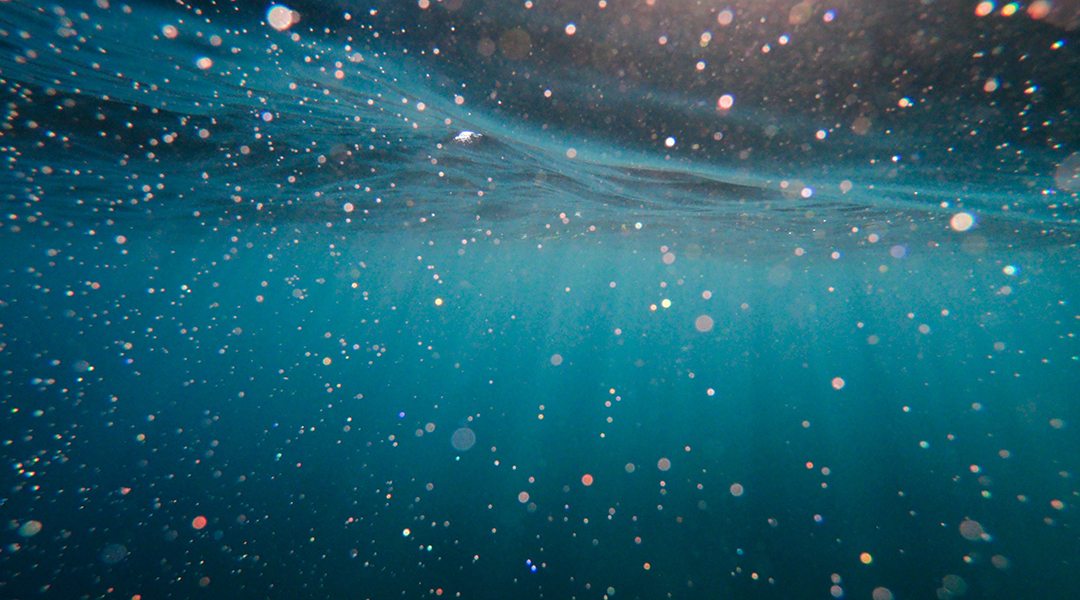
Cleaning up ocean microplastics with MagRobot
Specially designed microrobots could help clean plastic waste from water systems.

Drinking water disinfected in minutes by natural and abundant catalyst
Brownmillerite, found in natural mineral deposits, could help disinfect water in resource-poor regions.
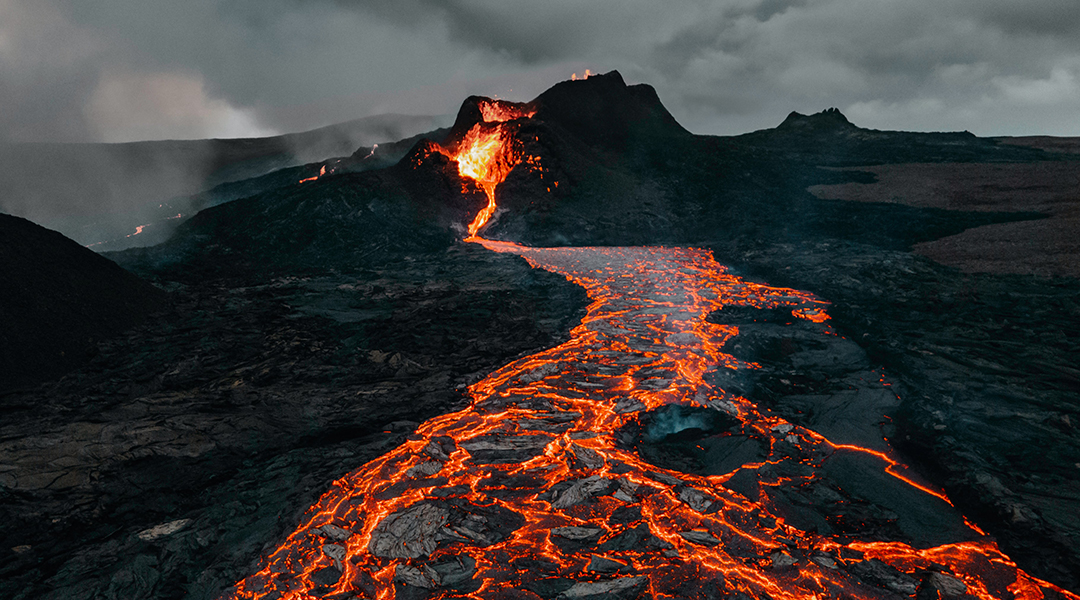
Volcanic arcs could help consume some of the world’s carbon
The weathering of the Earth’s surface serves as a geological thermostat and new research says that the breakdown of rocks at volcanic sites could help consume some of the world’s atmospheric carbon.

Dwarf galaxy reveals new structure in the Local Void
Strange behaviour in an isolated galaxy leads to the discovery of matter in a region of space previously thought to be empty.
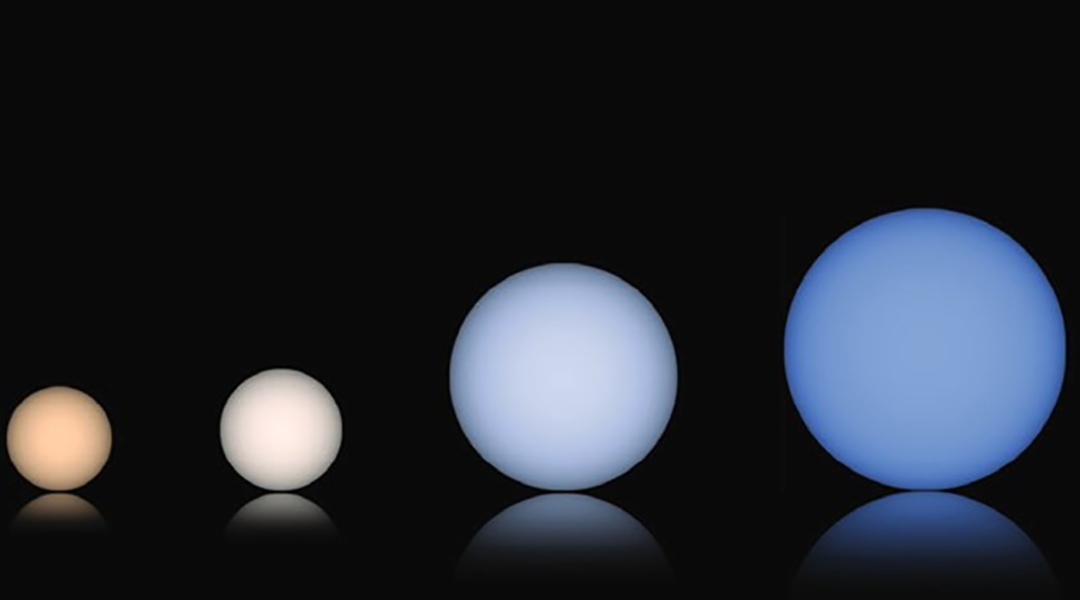
The true colors of stars
Stars are depicted using different colors, but are they accurate? A new scientific color palette aims to put misrepresentations to rest.

Why does Oreo cream stick to one side of the cookie?
Mechanical engineers put Oreo cream filling through a battery of tests to understand what happens when two wafers are twisted apart.
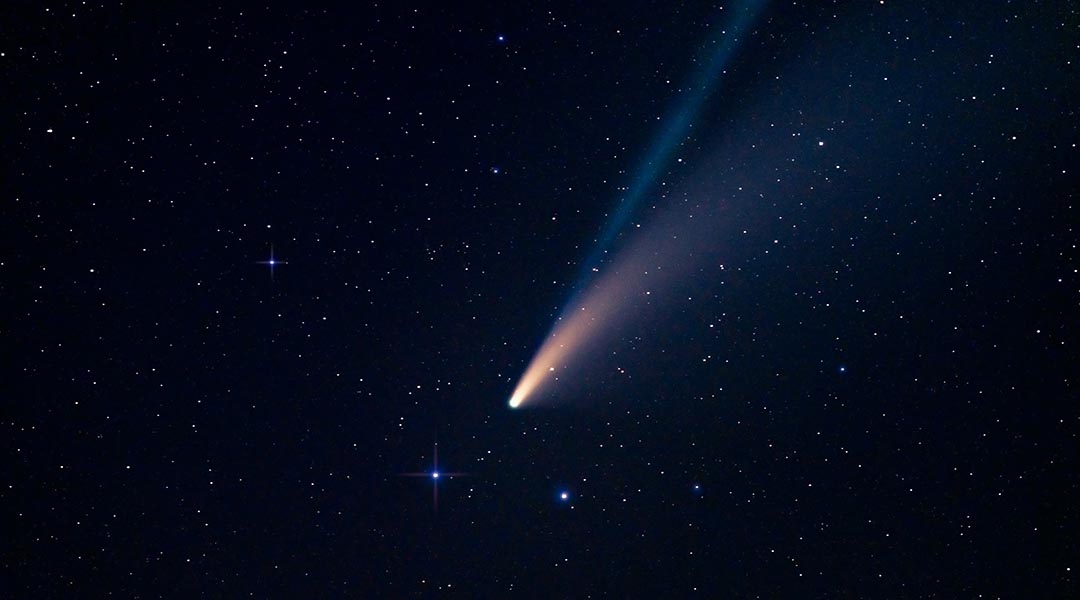
Largest known comet from Oort Cloud captured by Hubble
Astronomers capture images of a four billion-year-old relic that fell from the theorized Oort Cloud that encircles our Solar System.



